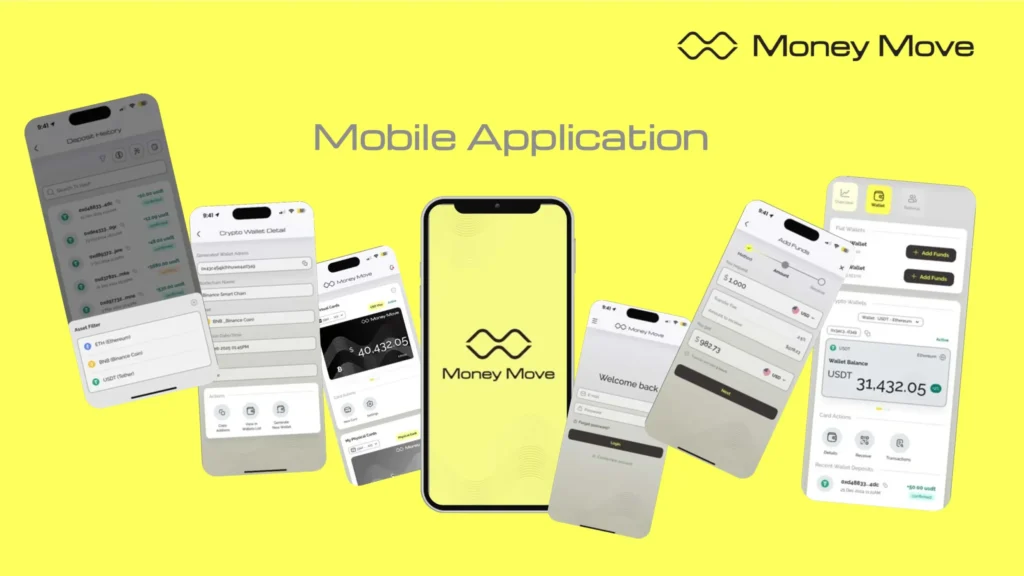When it comes to investment transparency, it’s a term you’ve probably seen everywhere—on pitch decks, websites, brand promises. There’s data, dashboards, open-source contracts, and blockchain records. It all looks great under the sunlight. But… does transparency automatically mean it’s better?

Investment Transparency in Action: The Money Move Model
One such platform leading this shift is Money Move. At its core, Money Move isn’t just another trading app—it’s a transparency-first ecosystem made for investors who want more than surface-level data. Every asset interaction on the platform links to on-chain records you can personally verify. Developers have made smart contracts open source, so you can inspect the rules that govern each asset. Even better, the platform’s AI-powered risk engine explains what it does, flags potential issues in plain English, and walks you through how it allocates your capital—step by step.
This level of transparency isn’t accidental—it’s architectural. Money Move was built to make trust optional. That’s why it goes beyond showing information—it guides users through it. Want to know how your yield was calculated? It’s visible. Curious about where your stablecoin collateral sits? It’s trackable.

Design Meets Clarity: How Platforms Like Money Move Empower Users
More importantly, Money Move puts usability at the heart of its transparency. Through intuitive dashboards, color-coded risk indicators, and user-friendly data summaries, even first-time investors feel equipped—not overwhelmed.
Take the example of platforms that embrace a fully open structure: on-chain tracking, visible smart contracts, and transparent AI risk engines. Users can not only view—but verify—how their funds are allocated and why. This level of clarity puts the power back in the investor’s hands.
And design matters. Good platforms don’t just throw raw data at users—they guide them. Through visual dashboards, plain-language explanations, and interactive insights, complex concepts become digestible. For beginners, that’s game-changing.

The Pitfalls of Investment Transparency: When Too Much Info Backfires
But… there’s always a flip side. Just because data is open doesn’t mean it’s useful. That’s one of the biggest traps of so-called transparency.
Transparency ≠ clarity. Many platforms technically make information “available,” but bury it under layers of jargon or poorly structured layouts. Some even use “over-transparency” to confuse—bombarding users with numbers until they stop trying to make sense of it and just follow default settings.
Then there’s the security question. The more open a system is, the more visible its structure becomes—not just to users, but to potential attackers. If a platform doesn’t pair transparency with robust protection, the cracks can become entry points.

Transparency Only Matters If You Understand It—and Money Move Gets That
The point isn’t dumping data on users. It’s building systems they can understand, verify, and confidently act on.
True transparency gives users tools—not just access. That means interfaces designed for humans, risk logic that’s explainable, and transaction trails that actually make sense.
At the end of the day, where does safety come from? Not promises. Not slogans. But your ability to see the system for what it is—and to make informed choices because of it.
That’s the kind of investment transparency we should all be asking for—and the kind that Money Move is already working to deliver, with systems built not for show, but for real user clarity and control.
Relevant News: How to Analyze Market Trends (Without Losing Your Mind)



